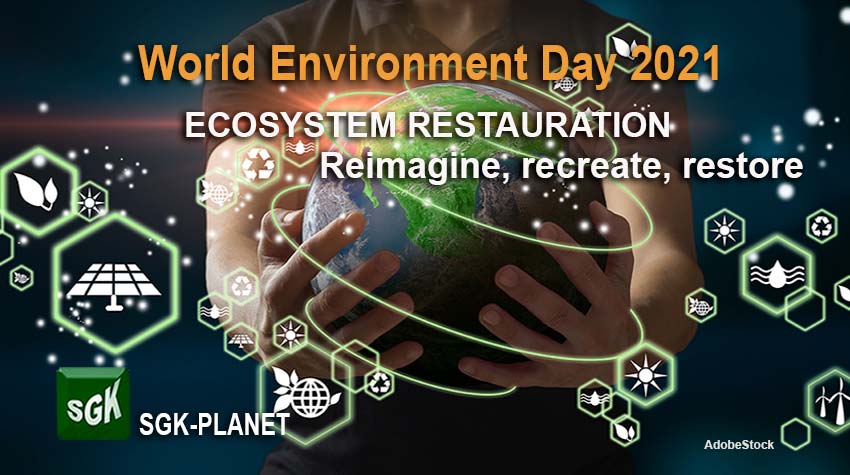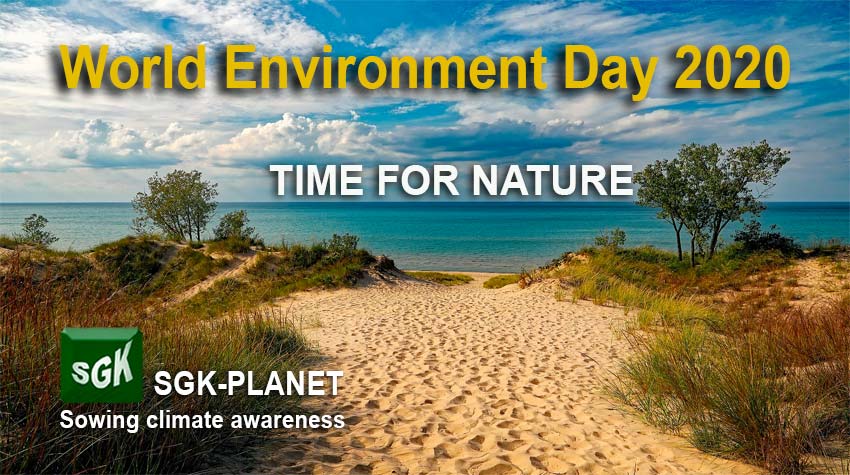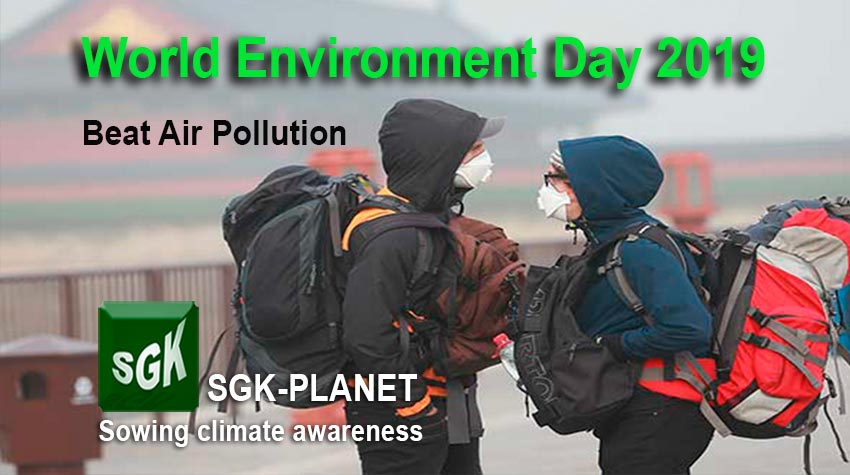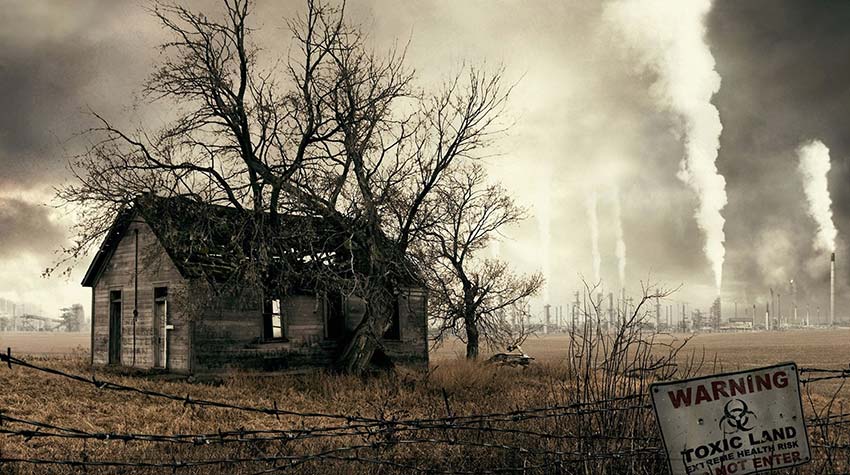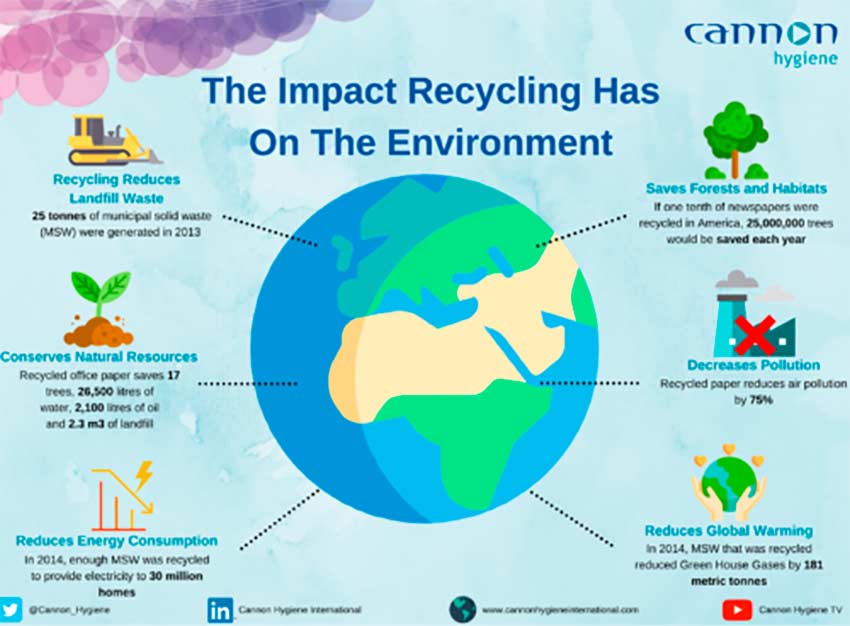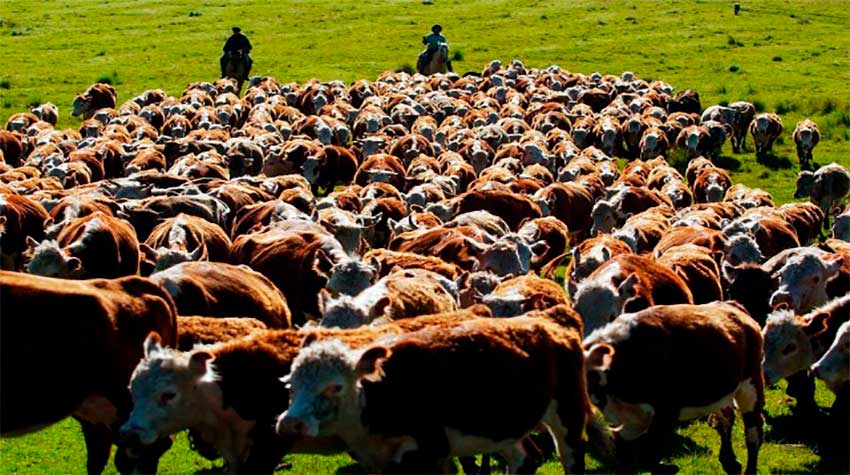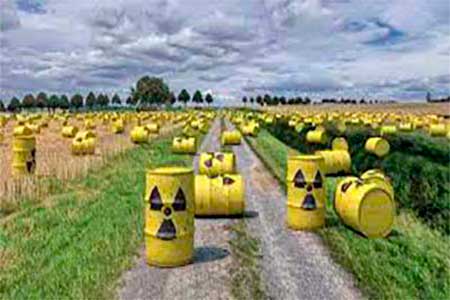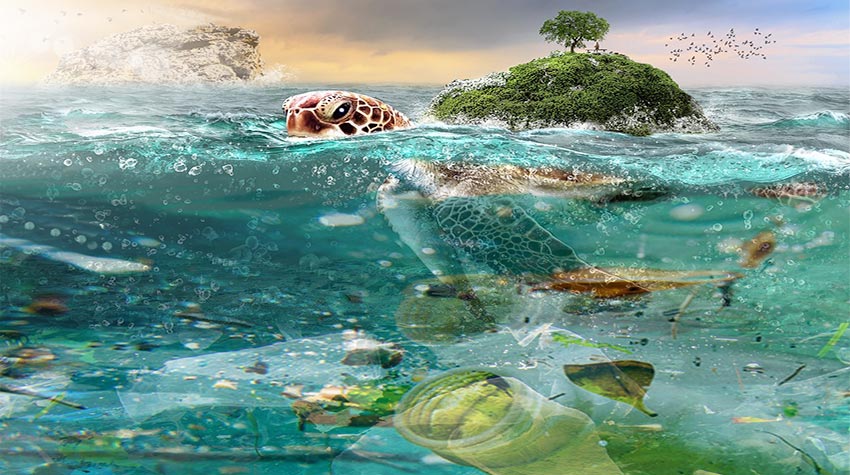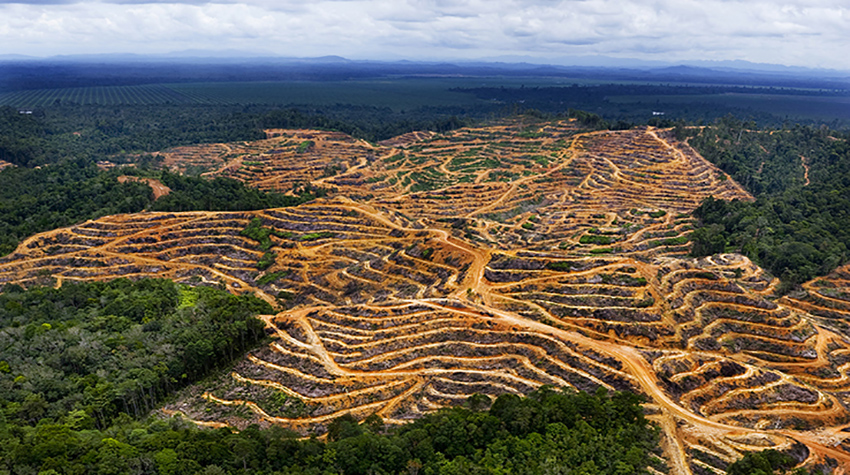FAQs about Environment

5. What are biomes, and which are the most important?
A biome is a biological unit that occupies large terrestrial and aquatic surfaces of the planet and has fairly uniform characteristics in terms of climate, flora, and fauna. A biome is made up of a set of ecosystems of typologies corresponding to said surfaces or areas of the Earth. Next, we will discuss the most important terrestrial biomes.
The tropical rain forest is characterized by high temperatures and precipitations. They are located in the belt of the planet around the Earth’s equator, mainly in South America, Africa and the islands of Southeast Asia. The Amazon rainforest is the largest rainforest in the world.
The savannah is characterized by a herbaceous layer that disappears to the horizon like a green ocean in rainy seasons or a sepia sea in periods of drought. It is also composed of a variety of scattered shrubs and trees.
The mangrove swamp is made up of trees that grow in coastal areas of salt water, near the mouths of rivers, obviously fresh water. From its branches grow long extensions that descend to the ground and the water.
The prairie and the steppe are distinguished by their grasslands and scrublands, made up of ecosystems in which temperate grasslands predominate. They are found primarily in the great plains of North America, the pampas of South America, the grasslands of South Africa, the steppes of Asia, and the southern savannas of Oceania.
Temperate deciduous forest is mainly made up of trees such as oak, maples, beech, and elm. It is located in temperate zones in the east and west of the United States, in Canada, Chile, Europe, China, Japan, Korea, Argentine Patagonia and European Russia.
The desert is a biome with an arid climate with little rainfall. Deserts occupy almost a third of the earth’s surface. About half of the deserts are hot and the other half cold. These sandy areas have little vegetation, and some are scarce of life, although in others there are many plant and animal species. The vegetation adapts to the low humidity and the fauna hides during the day to avoid dehydration.
The tundra is characterized by a frozen subsoil and a lack of vegetation. Moss and lichen covered soils are swampy, with peat bogs in many places. The tundra is mainly located in the boreal hemisphere, in northern Russia, Alaska, northern Canada, southern Greenland, and on the Arctic coast of Europe.
The taiga is characterized by coniferous forest formations, being the largest forest mass on the planet. The taiga is located in northern Russia, including Siberia, northern Europe, in the Hudson Bay, northern Canada, and Alaska. The southern hemisphere lacks taiga but has Magellanic subpolar forests.
FAQs about Environment
1. What is the environment and what is its importance?
2. What are the components of the environment?
3. What is ecology and what is its relationship to the environment?
4. What is an ecosystem and what are its components?
5. What are biomes, and which are the most important?
6. How does climate change affect the environment?
7. How does intensive agriculture and livestock affect the environment?
8. What are the causes and consequences of environmental pollution?
9. What are we doing to curb the deterioration of the environment?
Other sections of Environment
Articles
June 5 was established as World Environment Day by the United Nations General Assembly in 1972. On that date, the Stockholm Conference “First Earth Summit” was held at the initiative of Sweden and in conjunction with the UN.
This year’s World Environment Day will be hosted by Pakistan. The theme of the year is “Restoration of ecosystems”, and the motto is “Reimagine, recreate, restore.” It will be in this environment that the United Nations Decade on Ecosystem Restoration 2021-2030 is launched.
World Environment Day is celebrated on June 5 of each year. In 2020 the venue of the event will be Colombia. Topics to be discussed will be the Amazon, air quality, health, circular economy, and climate change. The central theme is “Conservation of biodiversity” and the motto “Time for Nature”. The environment is the space that sustains biodiversity and therefore life on Earth. By its definition, an environment cannot exist on a planet devoid of life since its statement implies the relationship of living beings with their environment.
Beat Air Polution
World Environment Day is celebrated on June 5, dedicated this year to the fight against air pollution with the moto “Beat Air pollution”. Established by the UN in 1972, during the Stockholm Conference, whose central theme was the normalization of human relations with the environment. China will be the global host of the 2019 World Environment Day. The country’s government has committed that day to organizing celebrations in many cities, with a main event in Hangzhou, Zhejiang province. In the north of China there are several cities where the air is practically unbreathable due to pollution.
Environmental pollution, in the classical concept, occurs when certain elements that cause harmful effects accumulate in quantities that nature cannot recycle. A contaminant is a substance that is found in a medium to which it does not belong or that does so at levels that can cause adverse effects. A species is in danger of extinction when its existence is globally compromised. Humans, in a short time, we have turned the Earth into a kind of supermarket where we are supplied with everything we need, including the spaces to build our towns, cities, mining camps, agricultural and livestock lands. We have wrested huge areas that recently belonged to the other species, without much regard to the damage we have caused them.

